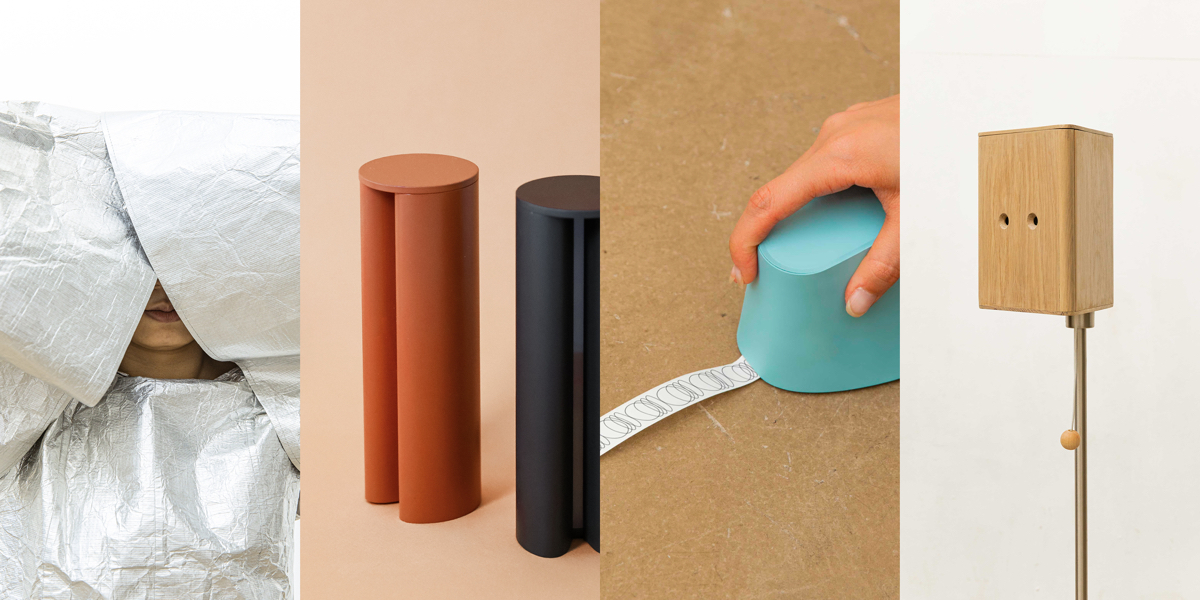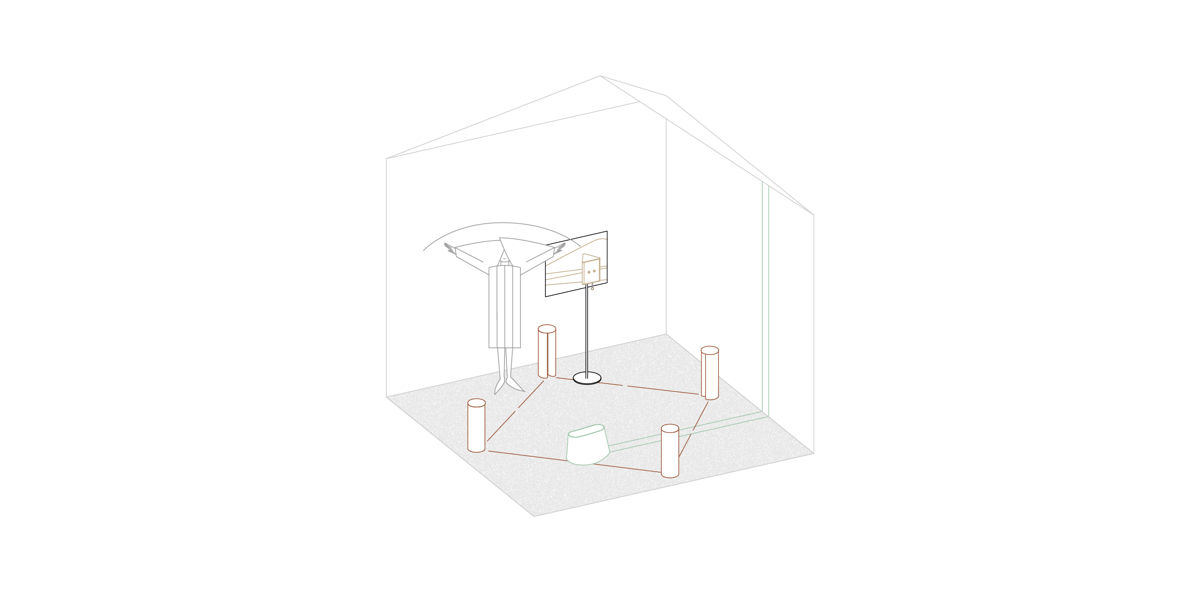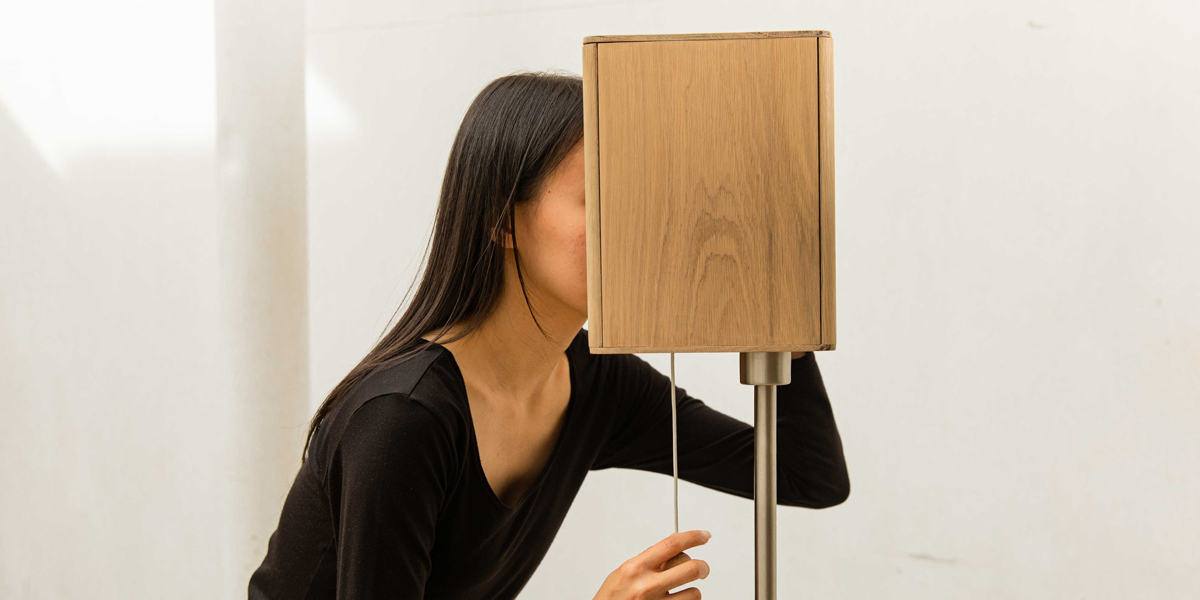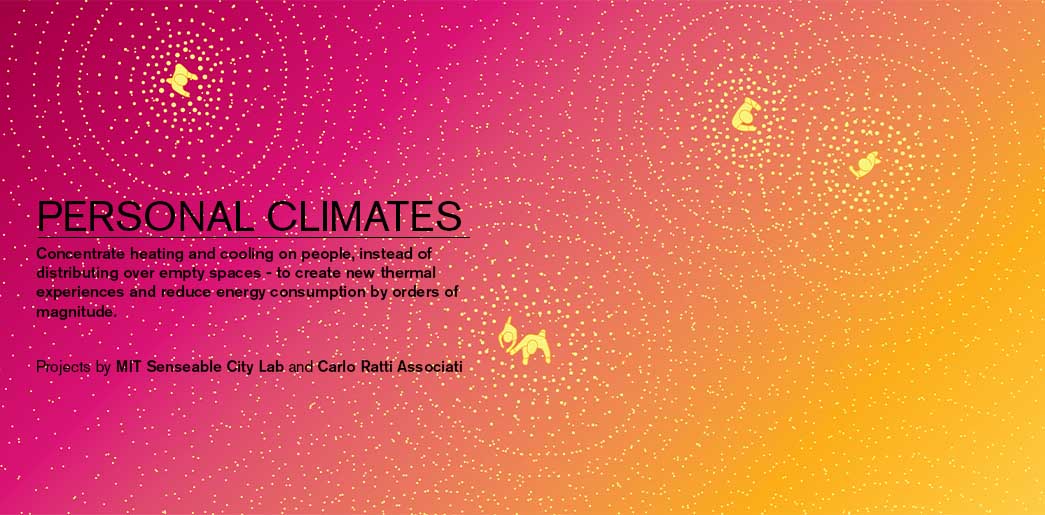AWARD YEAR
2023
CATEGORY
Home
GOALS
Sustainable Cities & Communities
KEYWORDS
Critical Design, Speculative Design, housing
COUNTRY
Republic of Korea
DESIGNED BY
Jiyoung Choi
WEBSITE
https://thepurehome.xyz
Pure Home
The neighbouring objects help us build our own home in an alternative way
How does it work?
Humans were born and taught how to leave and come back. Today, we are surrounded by a sense of anxiety about the unknown. People with home-separation anxiety need to learn how to build their own home. So I have designed four artifacts to help people.
THE MEMBRANE: In French, "habiter" means living and living. And "habit" is a word for clothing. In other words, clothing means living and living. The membrane is the second membrane, which corresponds to the stage of preventing access.
THE BORDER: It is a light that helps define boundaries. This comes in handy in the first step of building a house, which is to inform the area. The user can clearly identify the boundaries of the area without stacking solid bricks or concrete.
THE TYPE: It supports temporary claims of ownership of things and the environment and is included in the defining rules and managing stages.
THE SIGHT: It is a landscape generator that creates views using artificial intelligence. It provides freedom from the place.
Why is it needed?
The project began with a common dream, “My dream is to own my house one day." But the house we are screaming for is no longer a home. It's a space only for property, or possession. People now live with anxiety that doesn't have to exist. It's assumed that humans are the only creatures who experience fear because of home ownership. It's sad that people want a house but can't have a real home, one of the most powerful spaces they can rely on. We need to look at these issues from a foundational perspective. Pure Home sheds light on the value of a house that has lost its meaning in modern times and proposes a pure home concept.
How does it improve life?
Regardless of our will, housing has already entered a market society, measured by market value. It's a problem to deal with when an object that has an essential meaning in living is changed into a monetary entity without consideration of the human value to an expanding society. Now, people are recklessly buying houses they won't live in at any point in the future. This is clearly a possession that is beyond necessity, and creates further problems.
Architecture tried to build a relationship between humans and homes by adding small details around huge objects. Although the architect was able to build a fine house, it was not enough to make a home in its true sense. A house must eventually be built from the inside out by a person. The Pure Home project looks at the housing problem from the perspective of an object. Instead of replacing house construction, I propose building a home with neighbouring objects. By doing so, it is possible to establish a solid relationship with the house.





